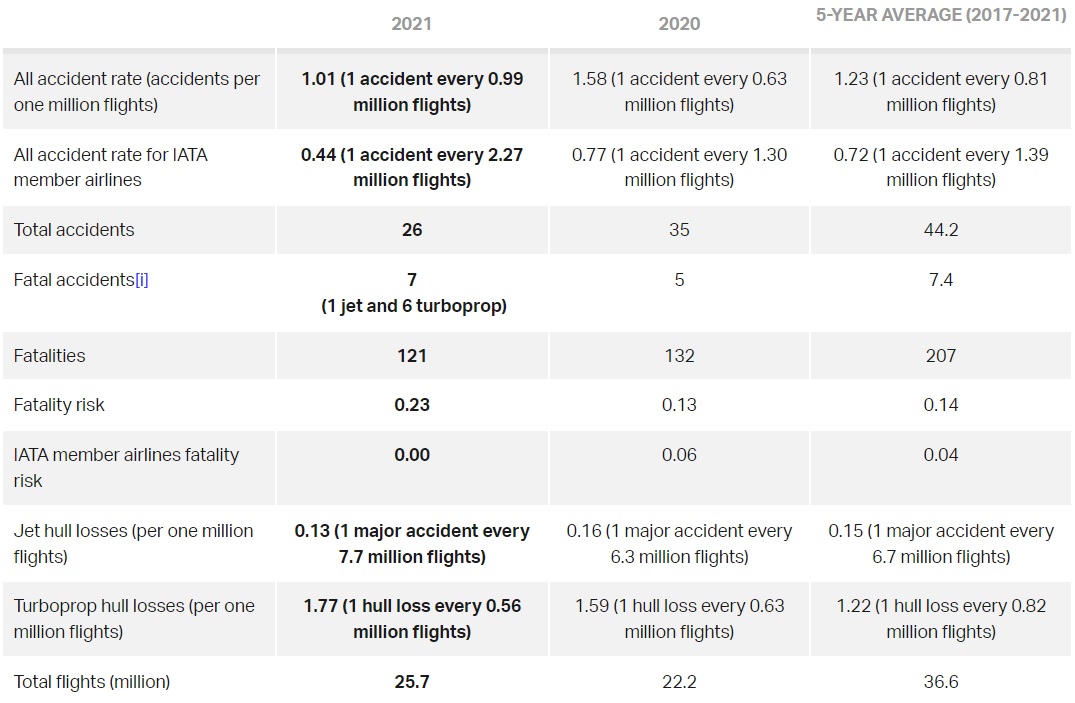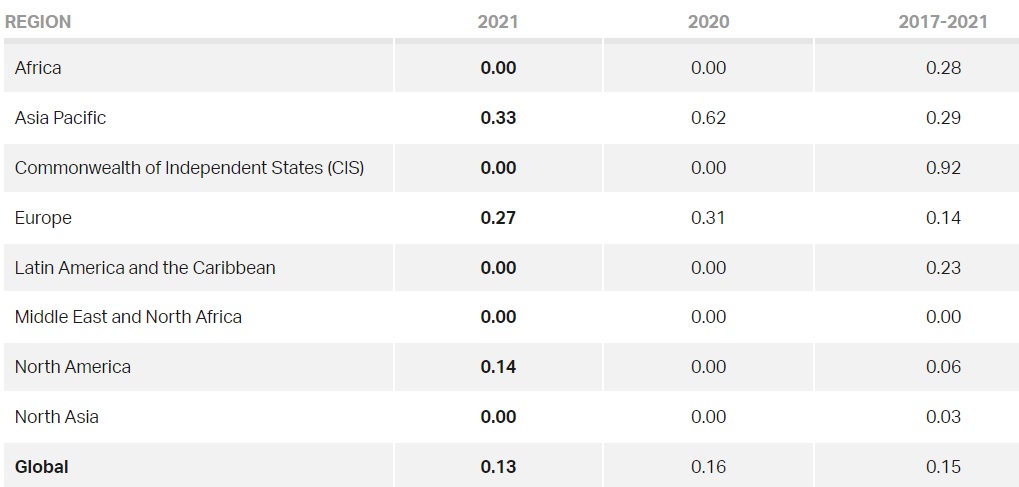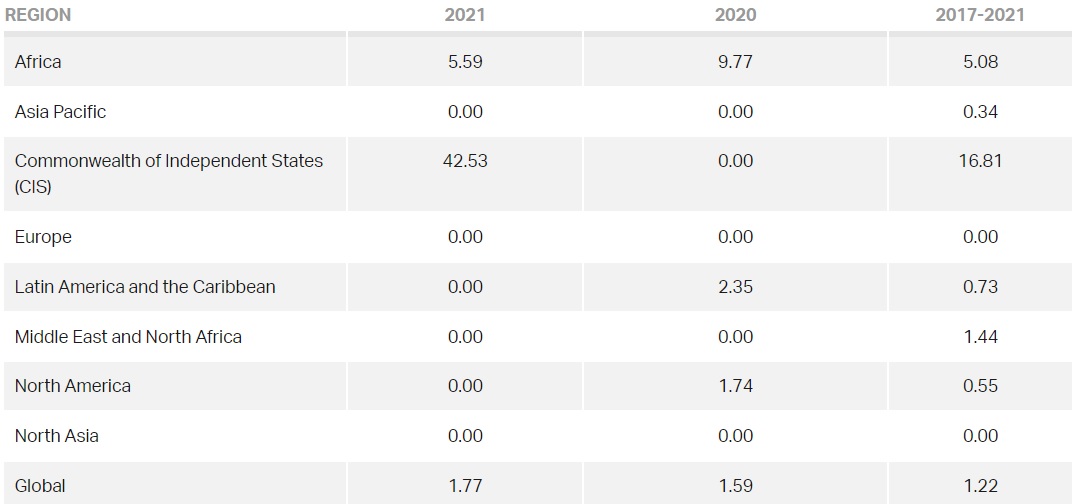|
(03 Mar 2022, 11:18 +07)
IATA's 2021 safety performance data for
the commercial airline industry shows strong improvement in
several areas when compared to both 2020 and to the five years
2017-2021. Highlights include:
- Reductions in the total number of accidents, the
all-accident rate and fatalities;
-
IATA members and airlines on the IATA Operational Safety Audit
(IOSA) registry (which includes all IATA members) experienced zero
fatal accidents last year; and
- No runway/taxiway excursion
accidents, for the first time in at least 15 years.
�Safety is always our highest priority,� said
Willie Walsh, IATA�s Director General. �The severe reduction in
flight numbers last year compared to the 5-year average magnified
the impact of each accident when we calculate rates. Yet in the
face of numerous operational challenges in 2021, the industry
improved in several key safety metrics. At the same time, it is
clear that we have much work ahead of us to bring all regions and
types of operations up to global levels of safety performance.�

Fatality Risk
The overall increase in the fatality
risk in 2021 to 0.23 is owing to the rise in fatal turboprop
accidents. There was one fatal accident involving jet aircraft
last year and the jet fatality risk in 2021 was 0.04 per million
sectors, an improvement over the 5-year average of 0.06.
The overall fatality risk of 0.23 means that on average, a
person would need to take a flight every day for 10,078 years to
be involved in an accident with at least one fatality.
IOSA
IOSA
is the global industry standard for airline operational safety
audits and a requirement for IATA membership. It is used by
numerous authorities in their regulatory safety programs.
Currently, 403 airlines are on the IOSA Registry, including 115 non-IATA Members.
The all-accident rate for
airlines on the IOSA registry in 2021 was more than six times
better than the rate for non-IOSA airlines (0.45 vs. 2.86).
The 2017-2021 average of IOSA airlines versus non-IOSA airlines
was nearly three times as good. (0.81 vs. 2.37). All IATA member
airlines are required to maintain their IOSA registration.
�The contribution of IOSA to improving safety was
demonstrated in the superb results of airlines on the
registry�regardless of region of operation. We will continue to
evolve IOSA to support even better industry safety performance,�
said Walsh.
Jet Hull Loss Rates by Region of
Operator (per 1 million departures)
The global average jet
hull loss rate declined slightly in 2021 compared to the five-year
average (2017-2021). Five regions saw improvements, or no
deterioration compared to the five-year average.

Turboprop Hull Loss Rates by Region of
Operator (per 1
million departures)
Five regions showed improvement or no
deterioration in the turboprop hull loss rate in 2021 when
compared to the 5-year average. The only regions to see increases
compared to the five-year average were the CIS and Africa.
Although sectors flown by turboprops represented just
10.99% of total sectors, accidents involving turboprop aircraft
represented 50% of all accidents, 86% of fatal accidents and 49%
of fatalities in 2021.
�Turboprop operations will
be a focus area to identify ways and means to reduce the number of
incidents related to certain aircraft types,� said Walsh.

Safety in CIS
Airlines based in the CIS region experienced no fatal jet
accidents in 2021 for the second consecutive year. However, there
were four turboprop accidents. Three of these resulted in 41
fatalities, accounting for more than a third of 2021 fatalities.
None of the airlines involved was on the IOSA Registry.
Safety in Africa
Airlines based in sub-Saharan
Africa experienced four accidents in 2021, all with turboprop
aircraft, three of which resulted in 18 fatalities. None of the
operators was on the IOSA registry. There were no jet hull loss
accidents in 2021 or 2020.
The priority for Africa
is the implementation of the International Civil Aviation
Organization�s (ICAO) safety-related standards and recommended
practices (SARPS). At year-end 2021, some 28 African countries
(61% of the total) had 60% or greater SARPS implementation. In
addition, a focused multi-stakeholder approach to specific states
will be important to addressing repeated occurrences.
|
Headlines: |
|
|
